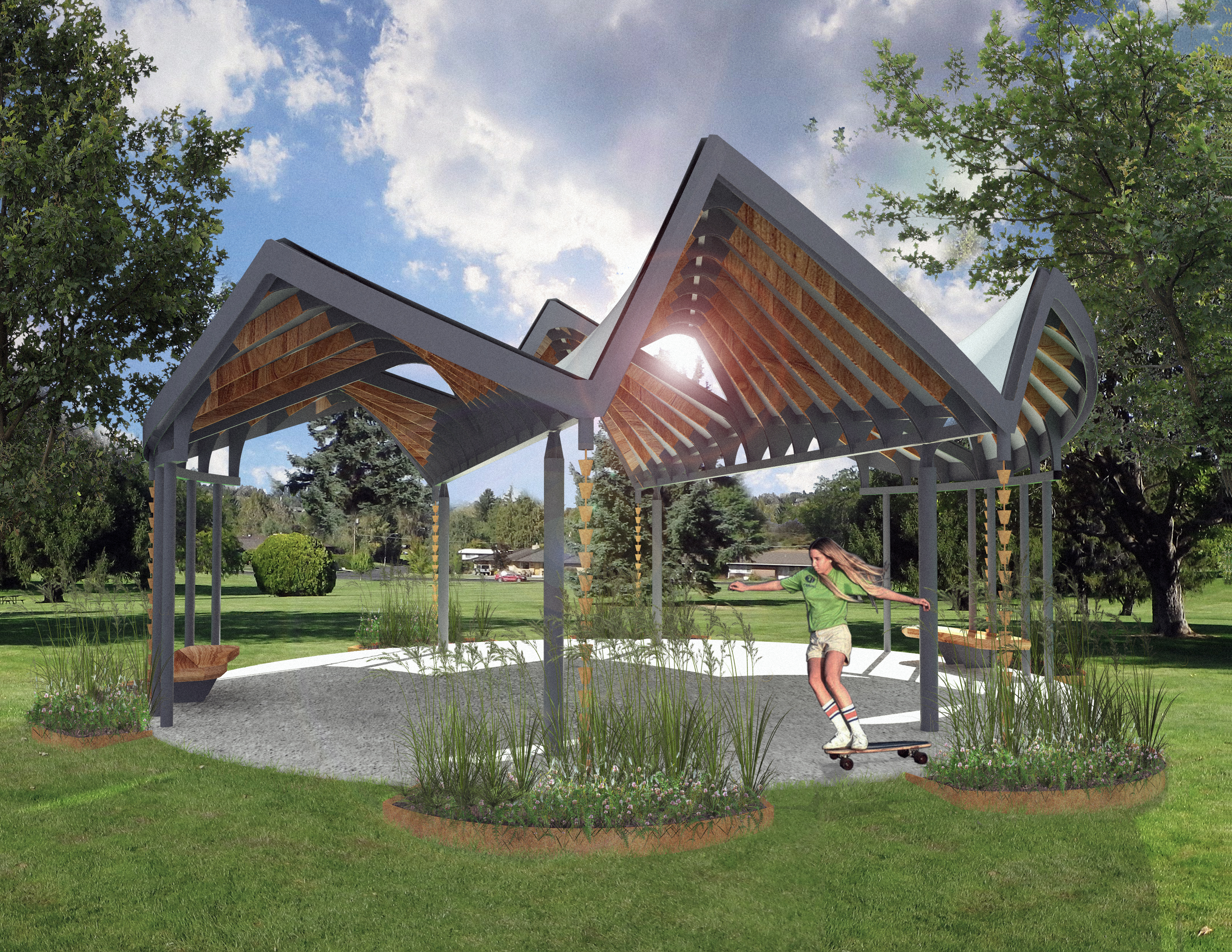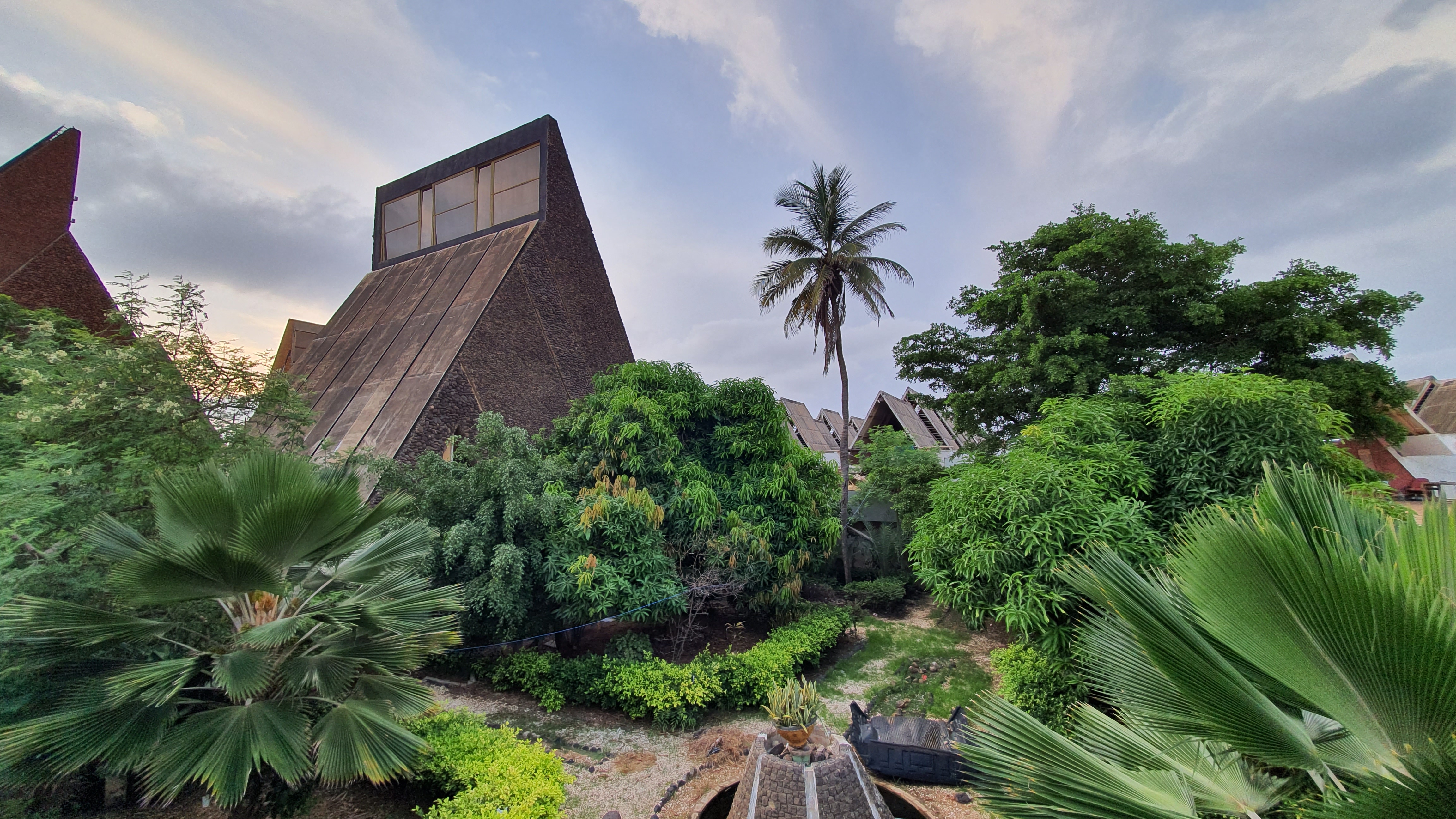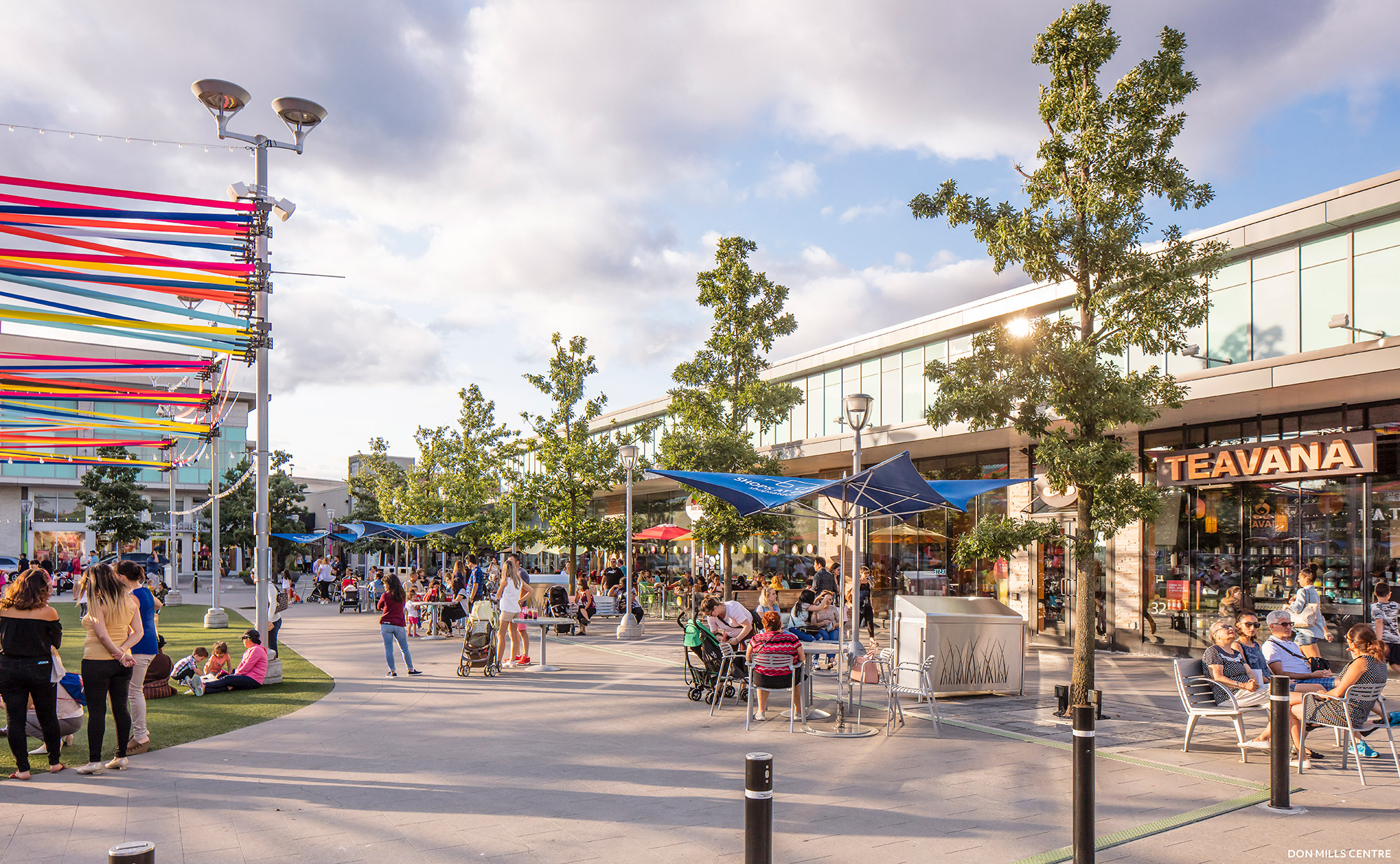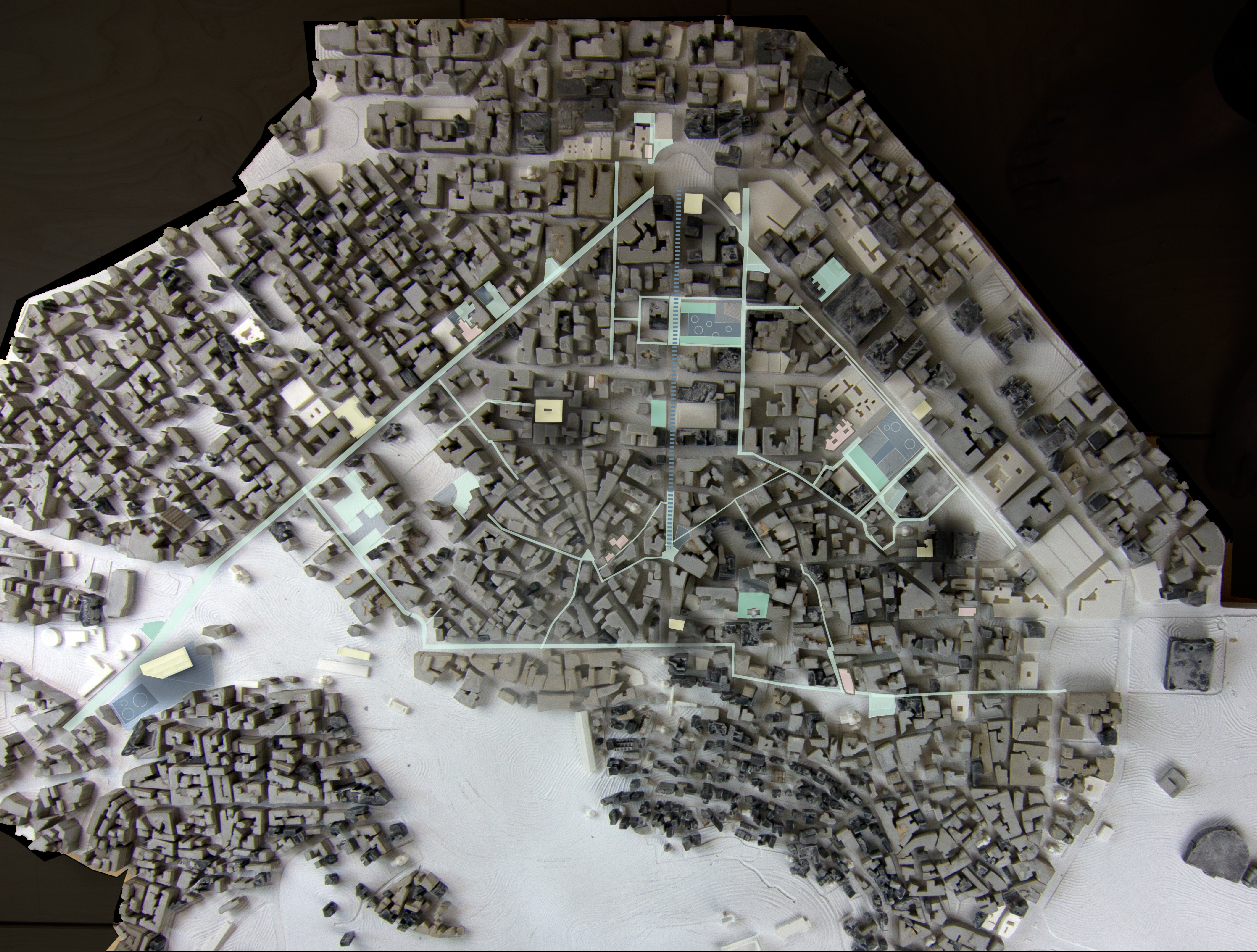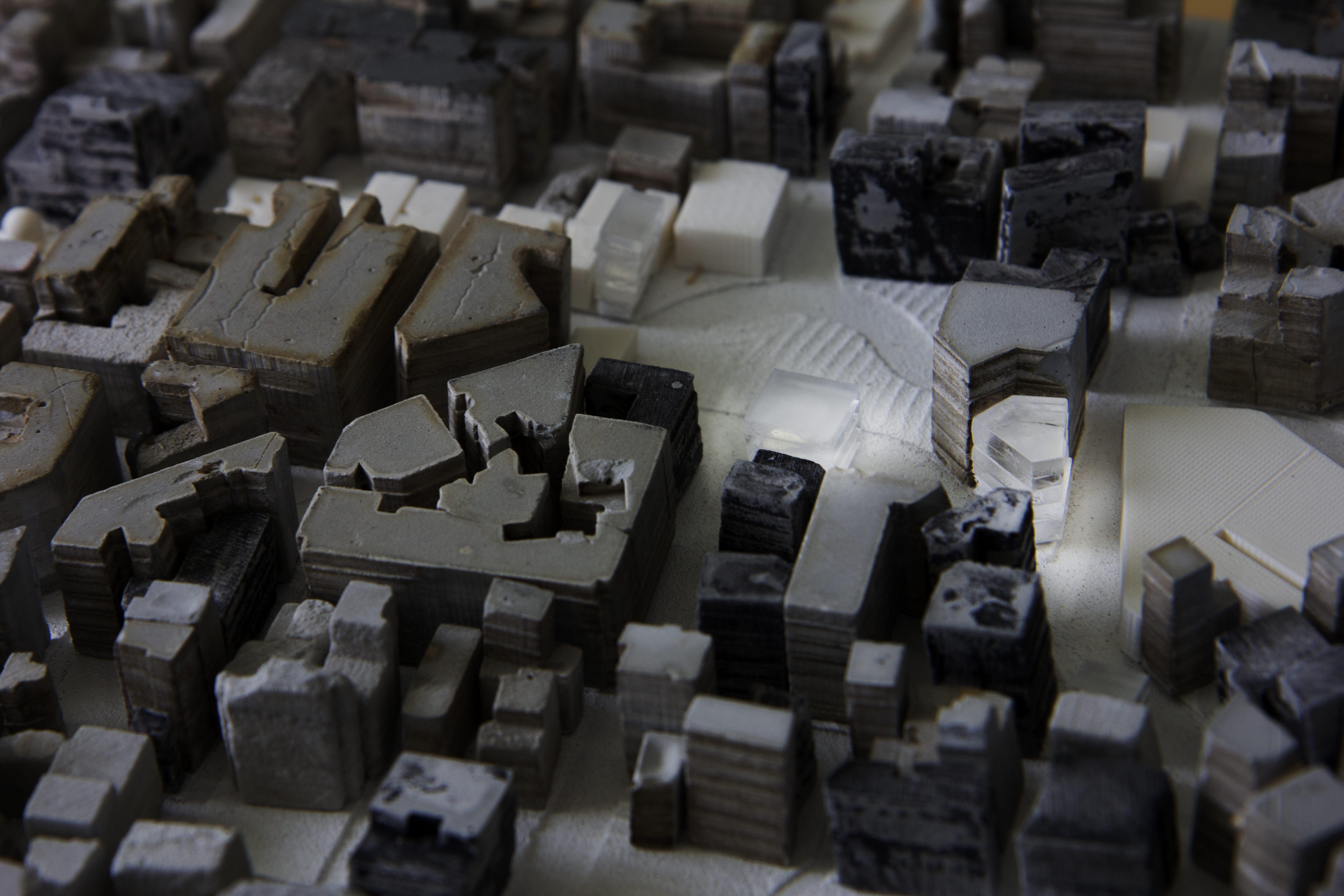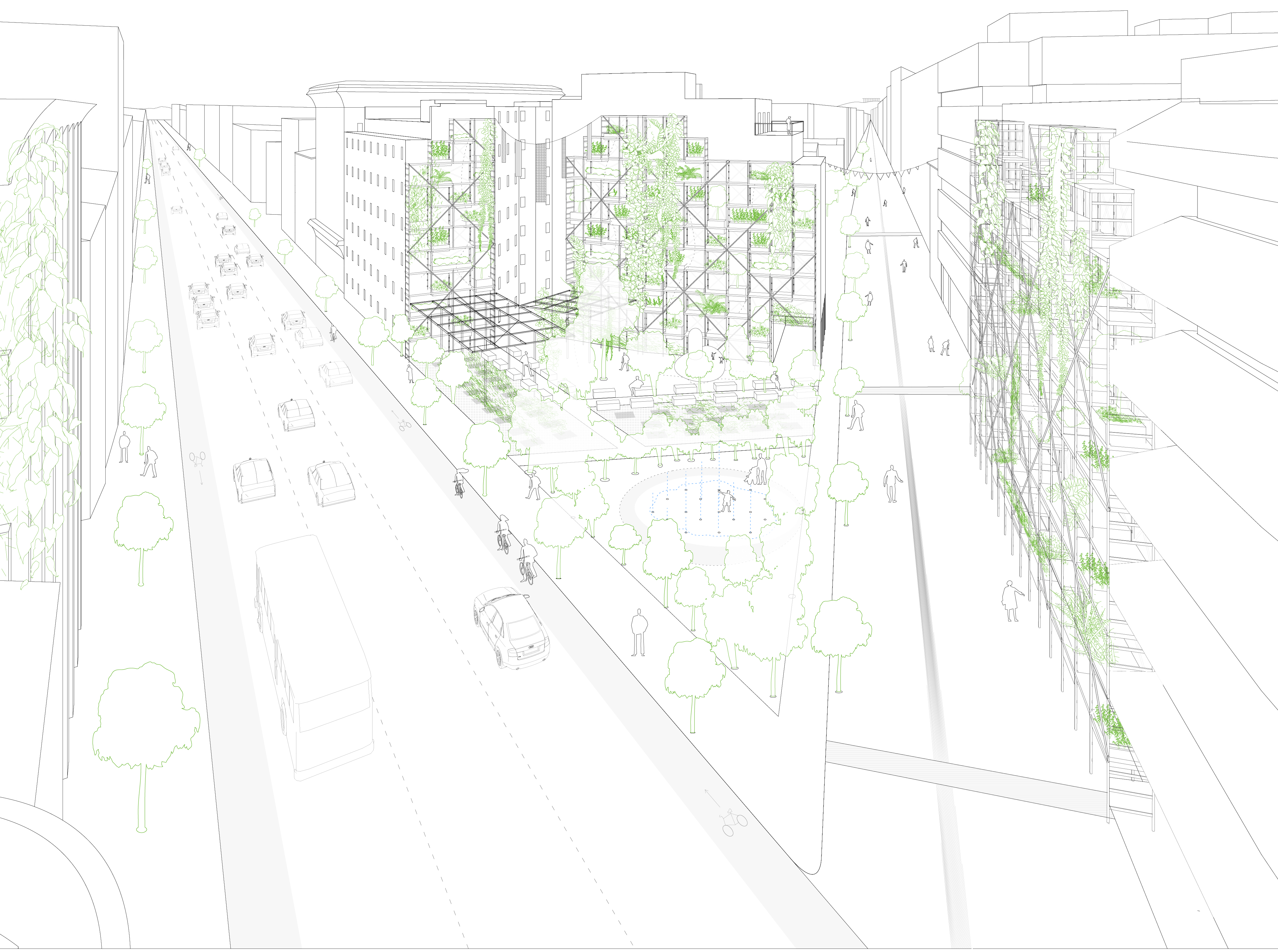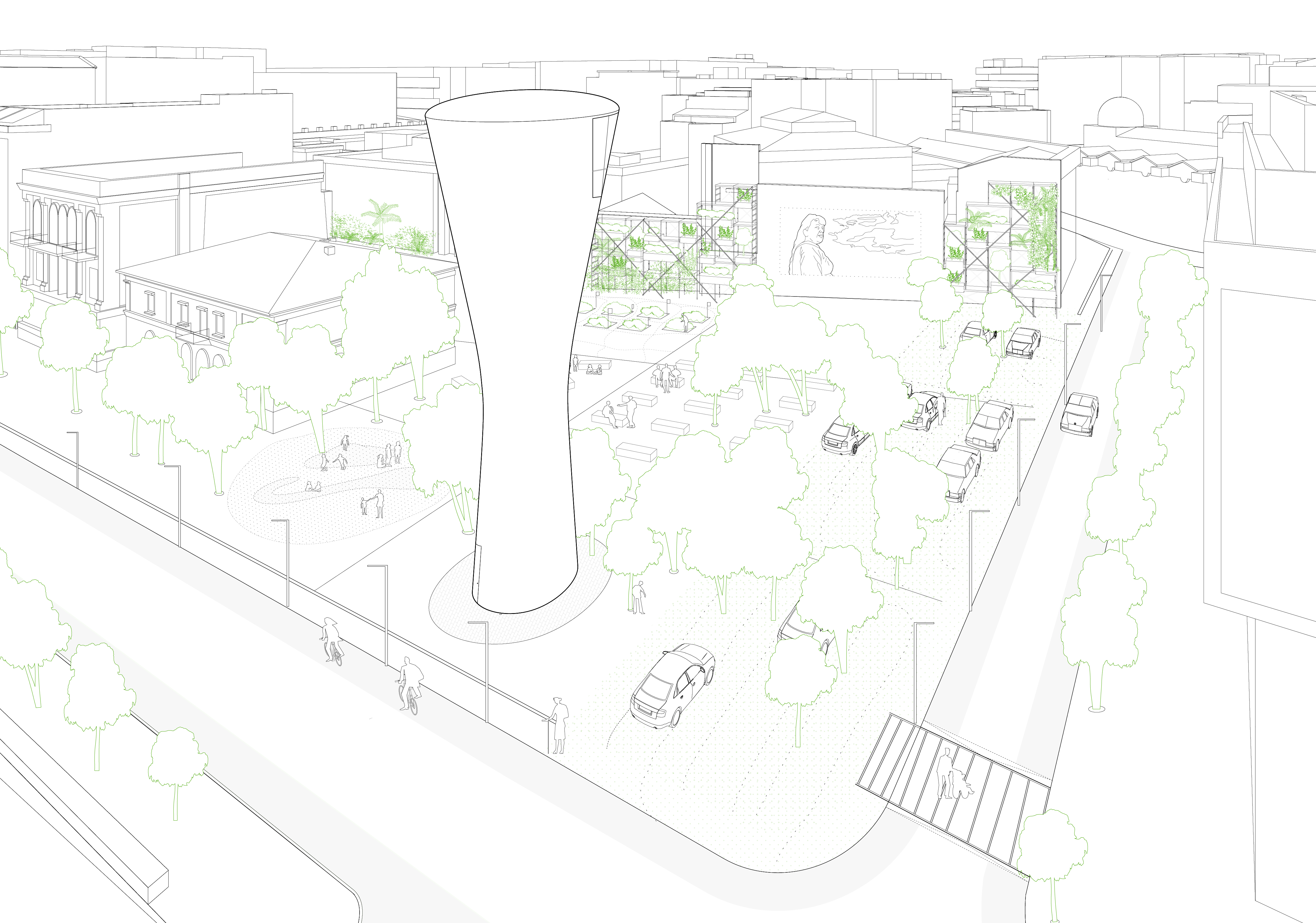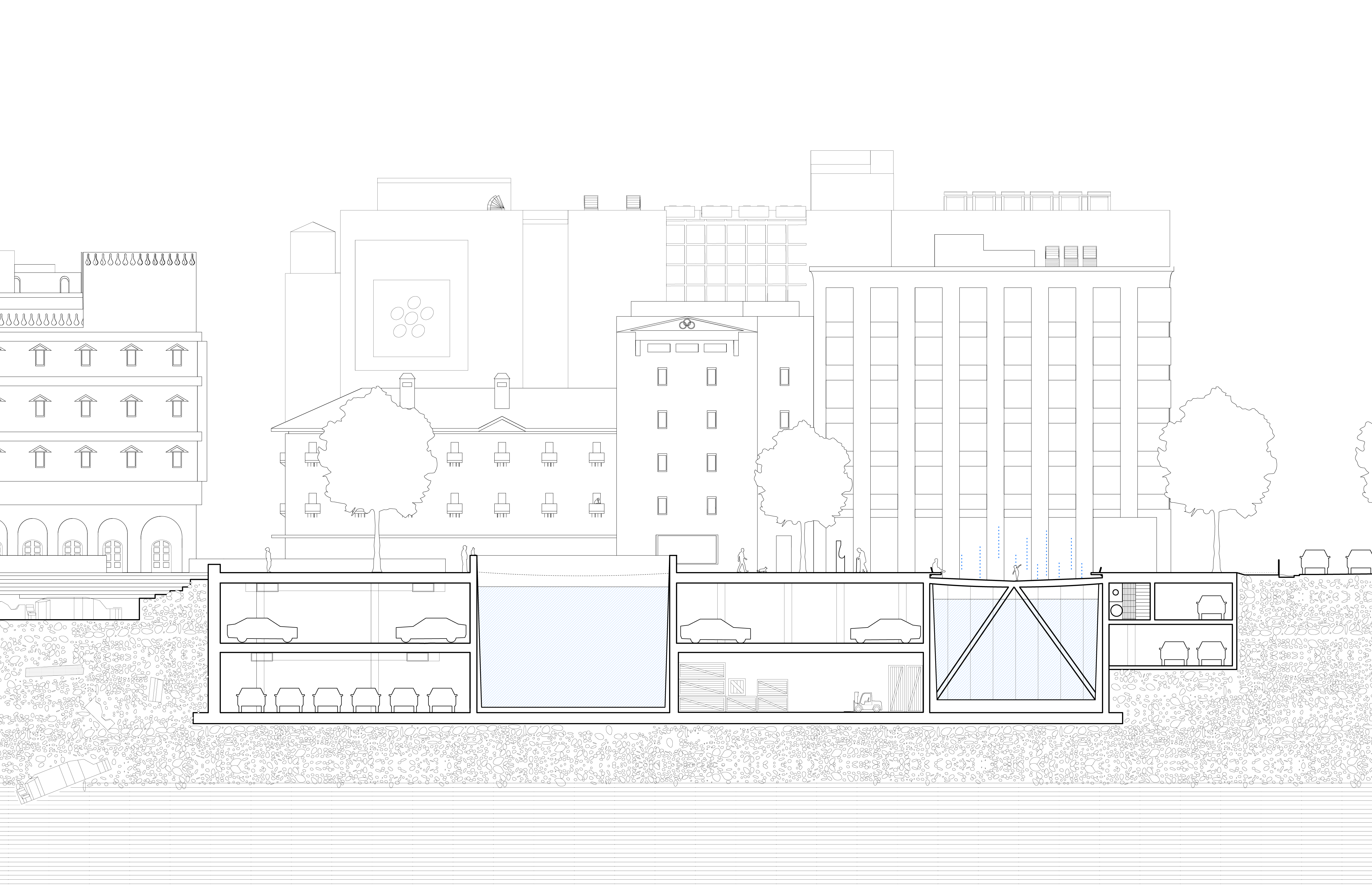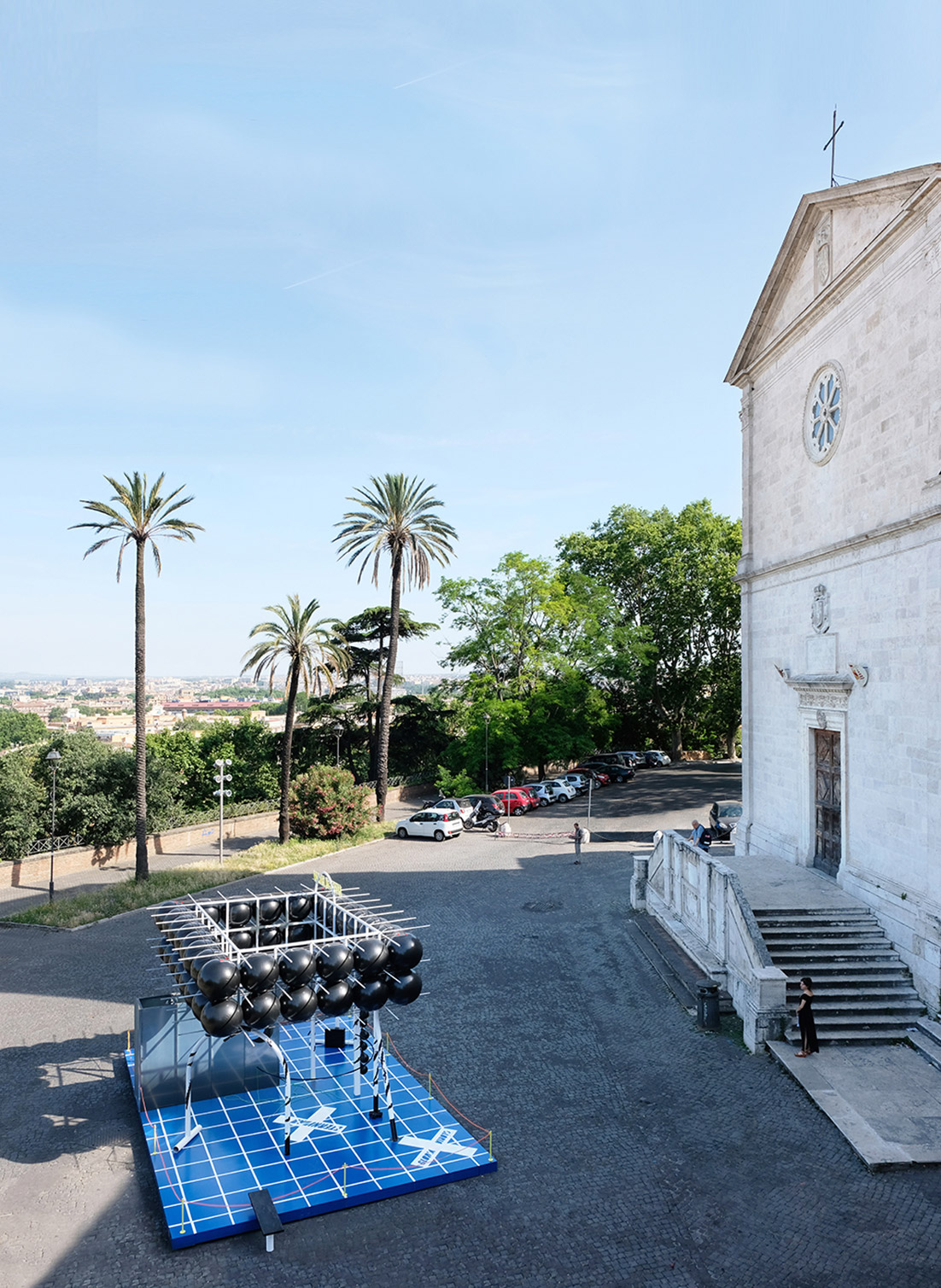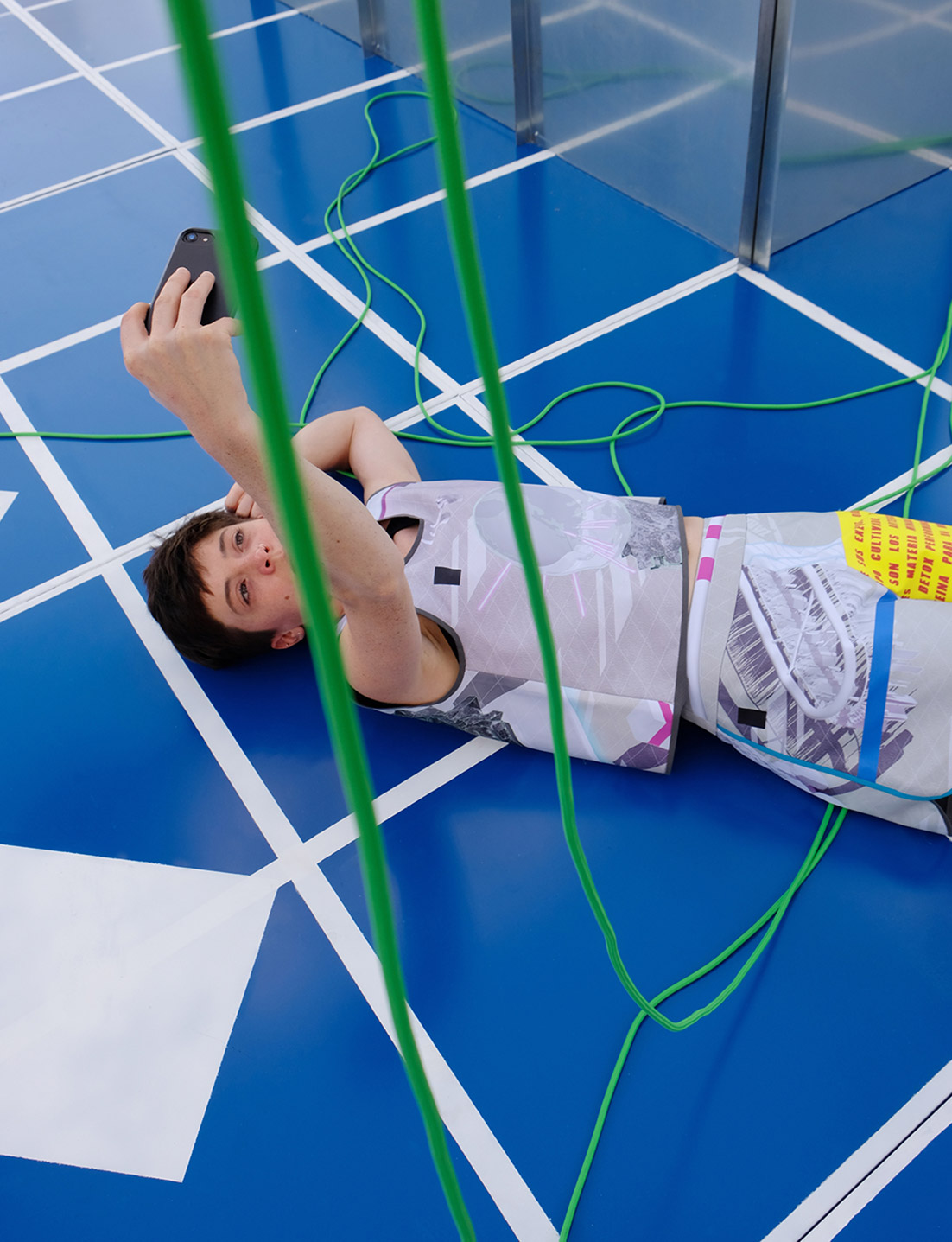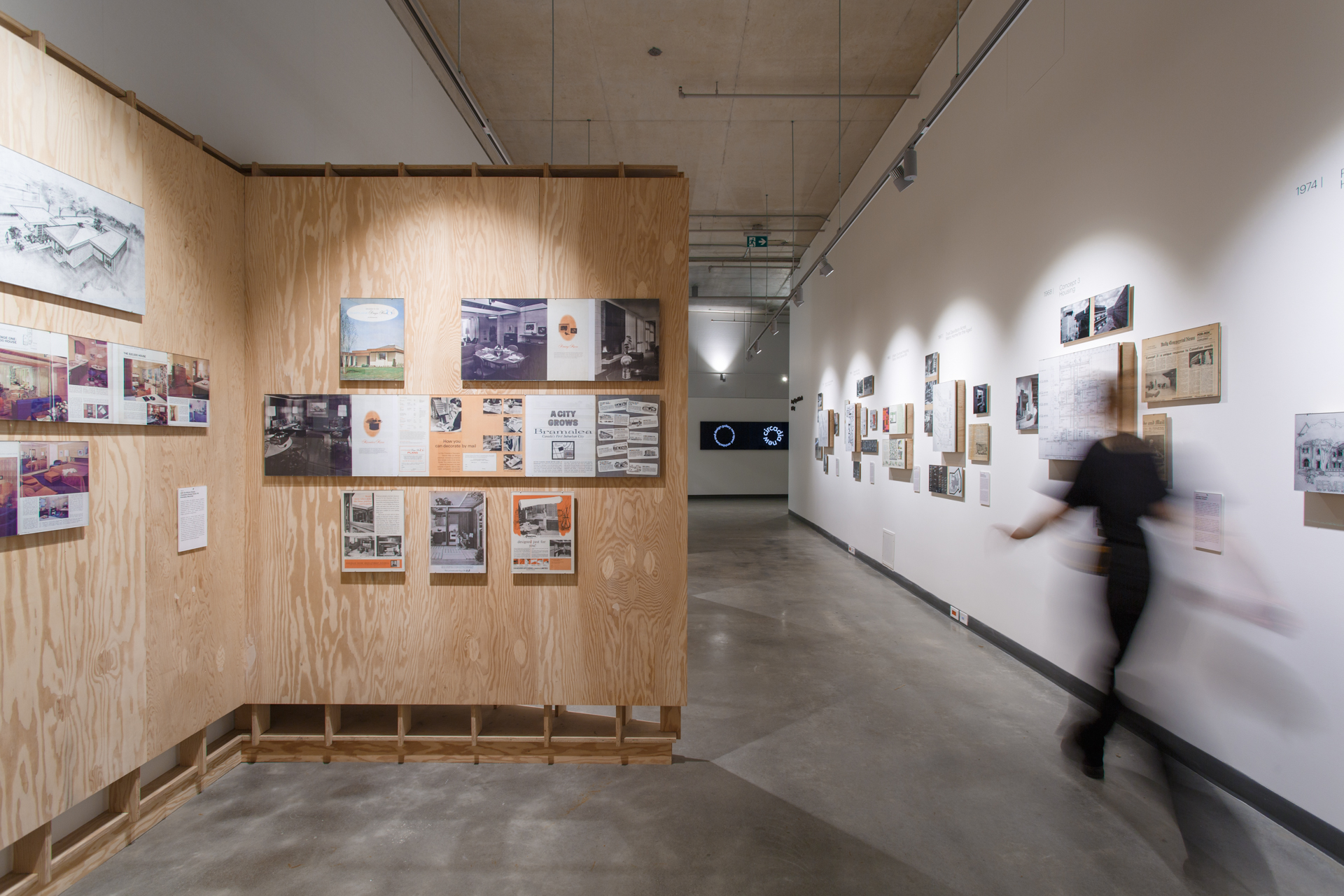
29.01.20 - New exhibition on the work of Toronto architect Jerome Markson opens at the Daniels Building
Architect Jerome Markson graduated from the University of Toronto's architecture program in 1953 and went on to a six-decade-long career designing modern structures throughout the city, including private homes, social housing, and cultural and institutional buildings.
Now, Daniels Faculty associate professor Laura Miller has curated "A Quite Individual Course: Jerome Markson, Architect," a new public exhibition on Markson's work. The exhibition, currently on view in the Daniels Building's Larry Wayne Richards Gallery, coincides with the release of Miller's new book, Toronto's Inclusive Modernity: The Architecture of Jerome Markson, which traces Markson's career against Toronto's emergence as a global city. (It's available at the University of Toronto bookstore.)
The exhibition opened Wednesday night with a reception attended by hundreds of guests, including Markson and his wife, Mayta. "A Quite Individual Course" will remain on view in the Larry Wayne Richards Gallery until March 13.
Here are a few photos from opening night.
Jerome and Mayta Markson at the book-signing table:

Jerome and Mayta Markson with dean Richard Sommer, associate professor Laura Miller, and professor emeritus George Baird:
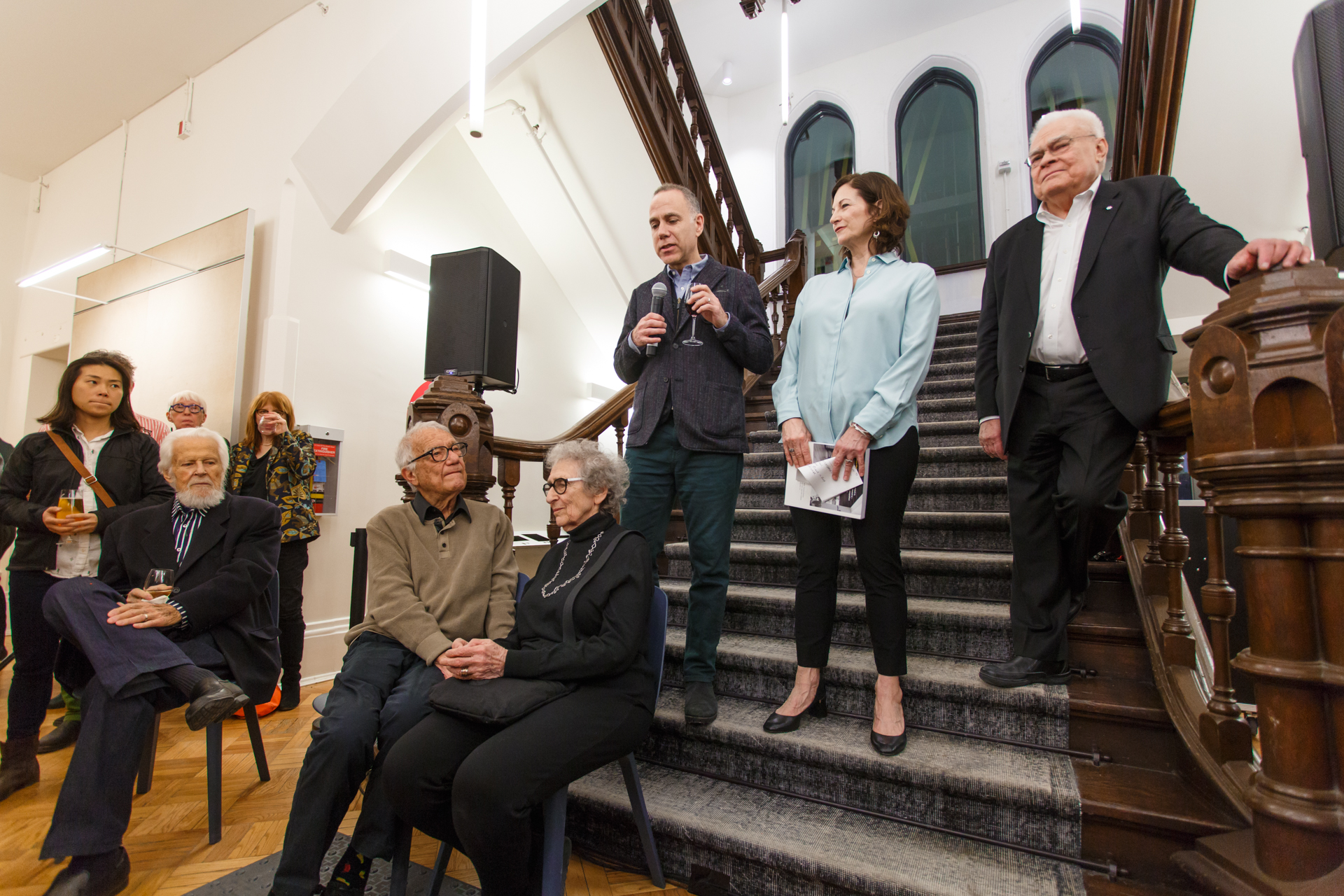
And a few more from the evening:

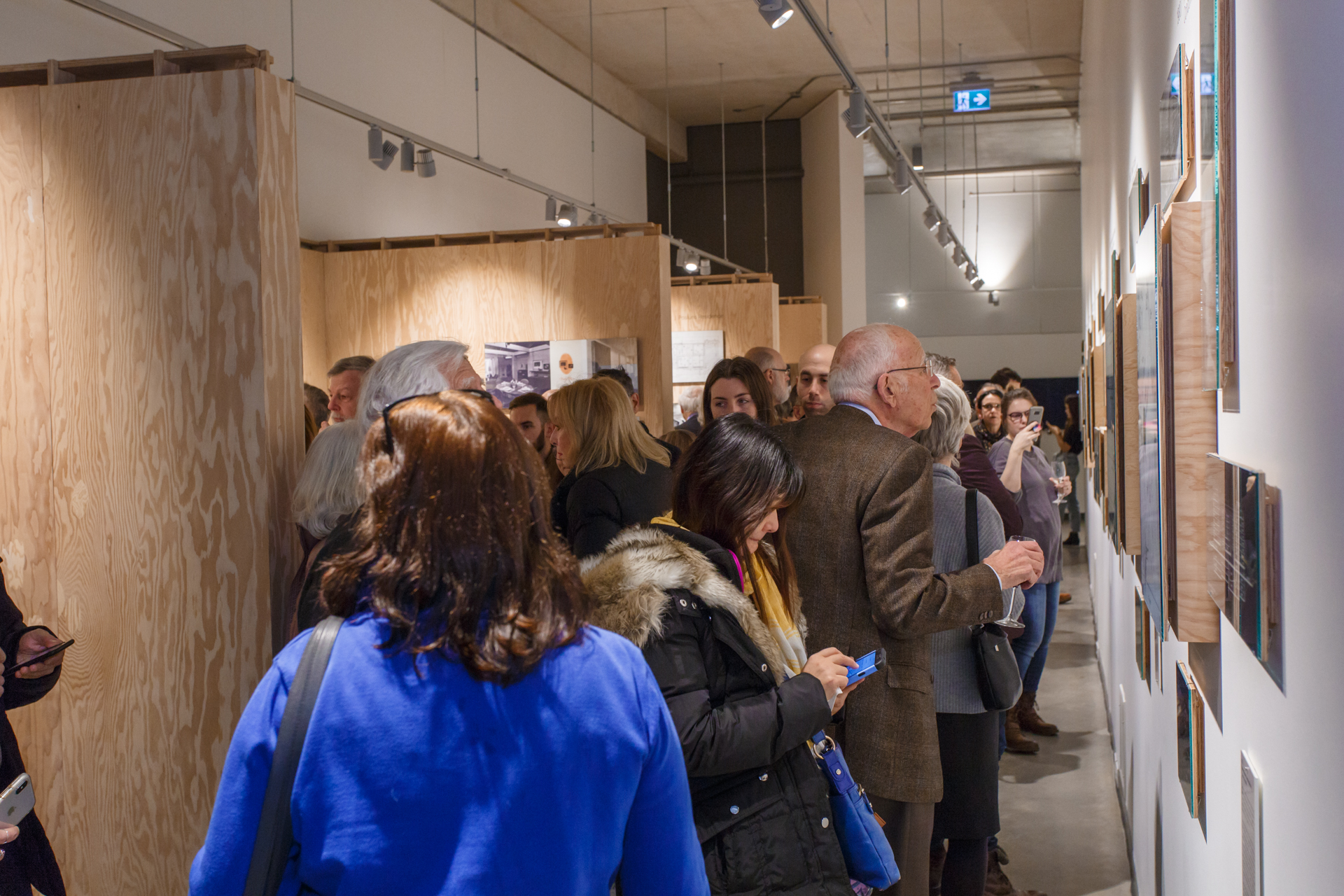
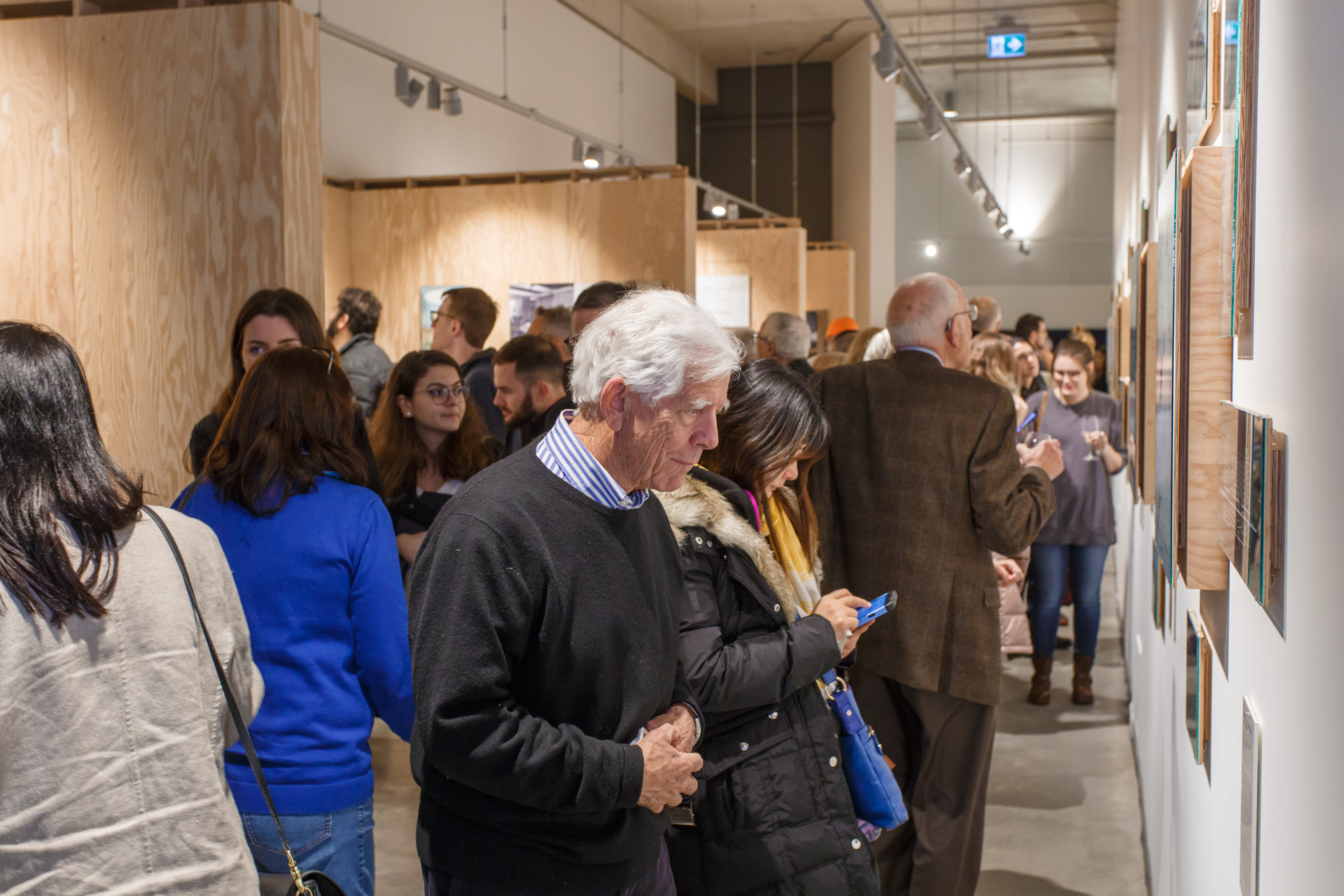
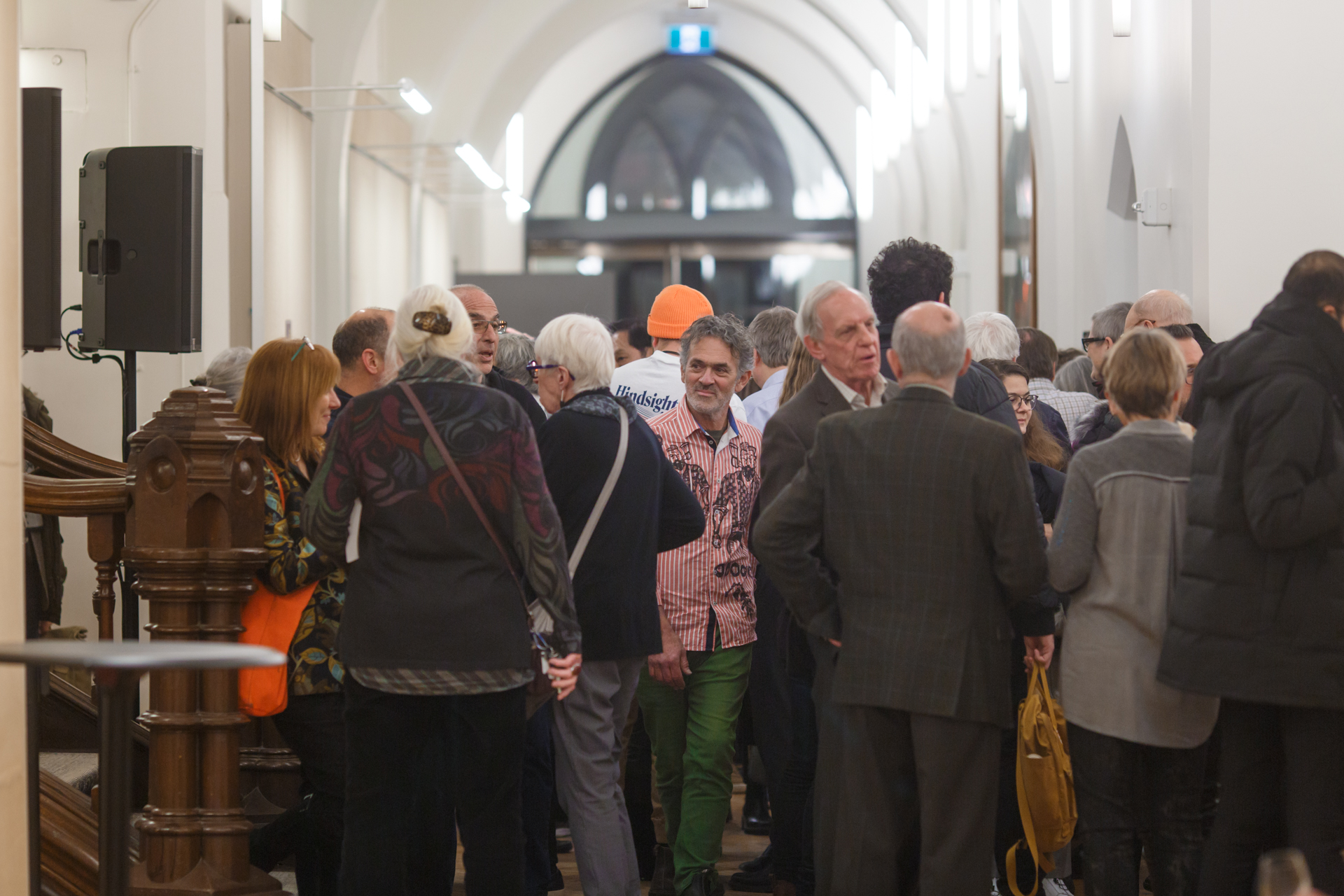
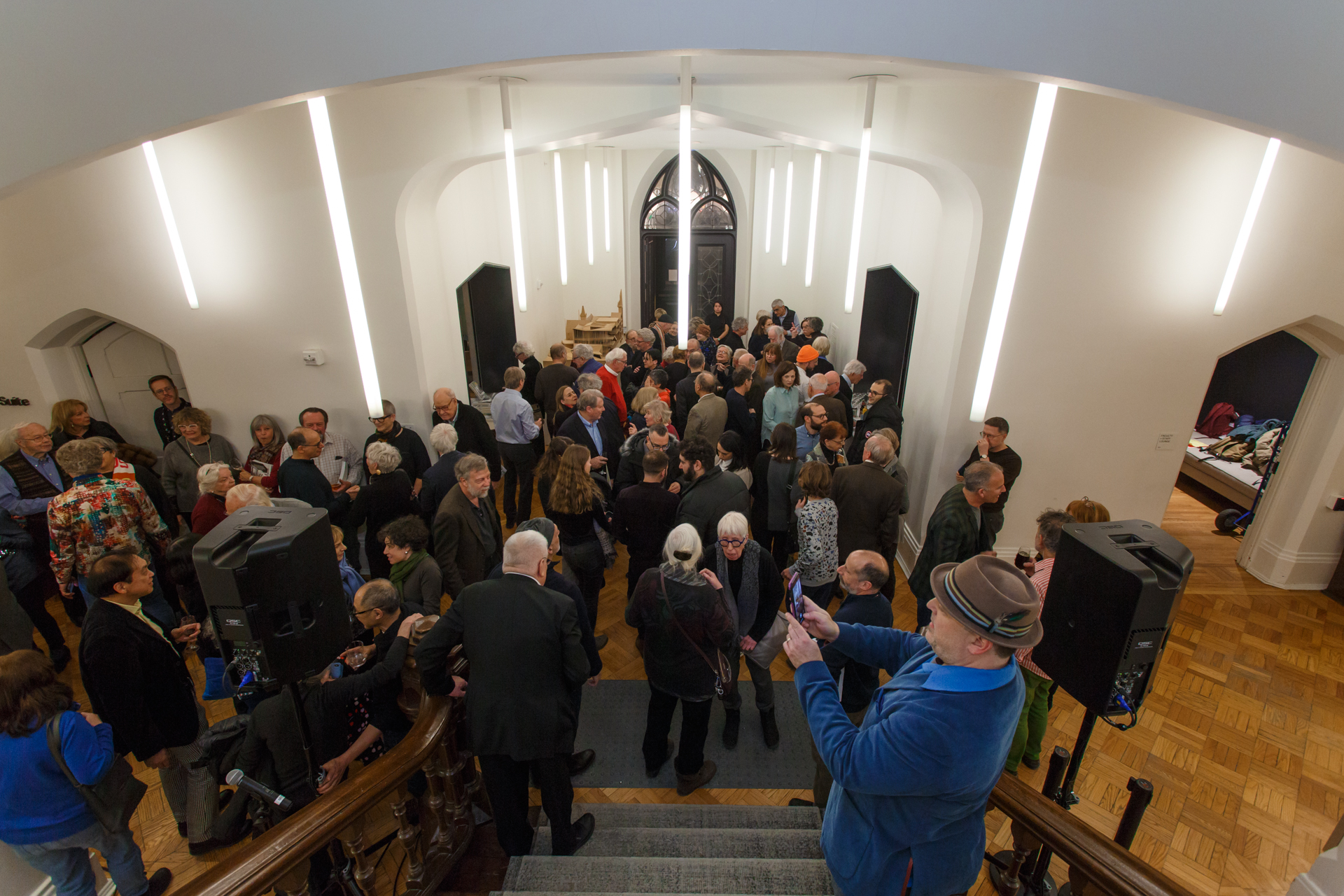
Photographs by Harry Choi.


